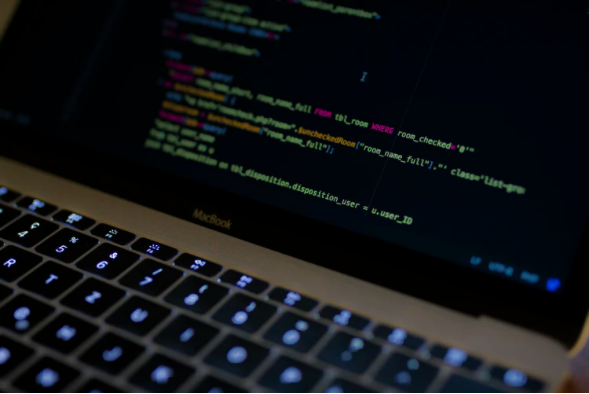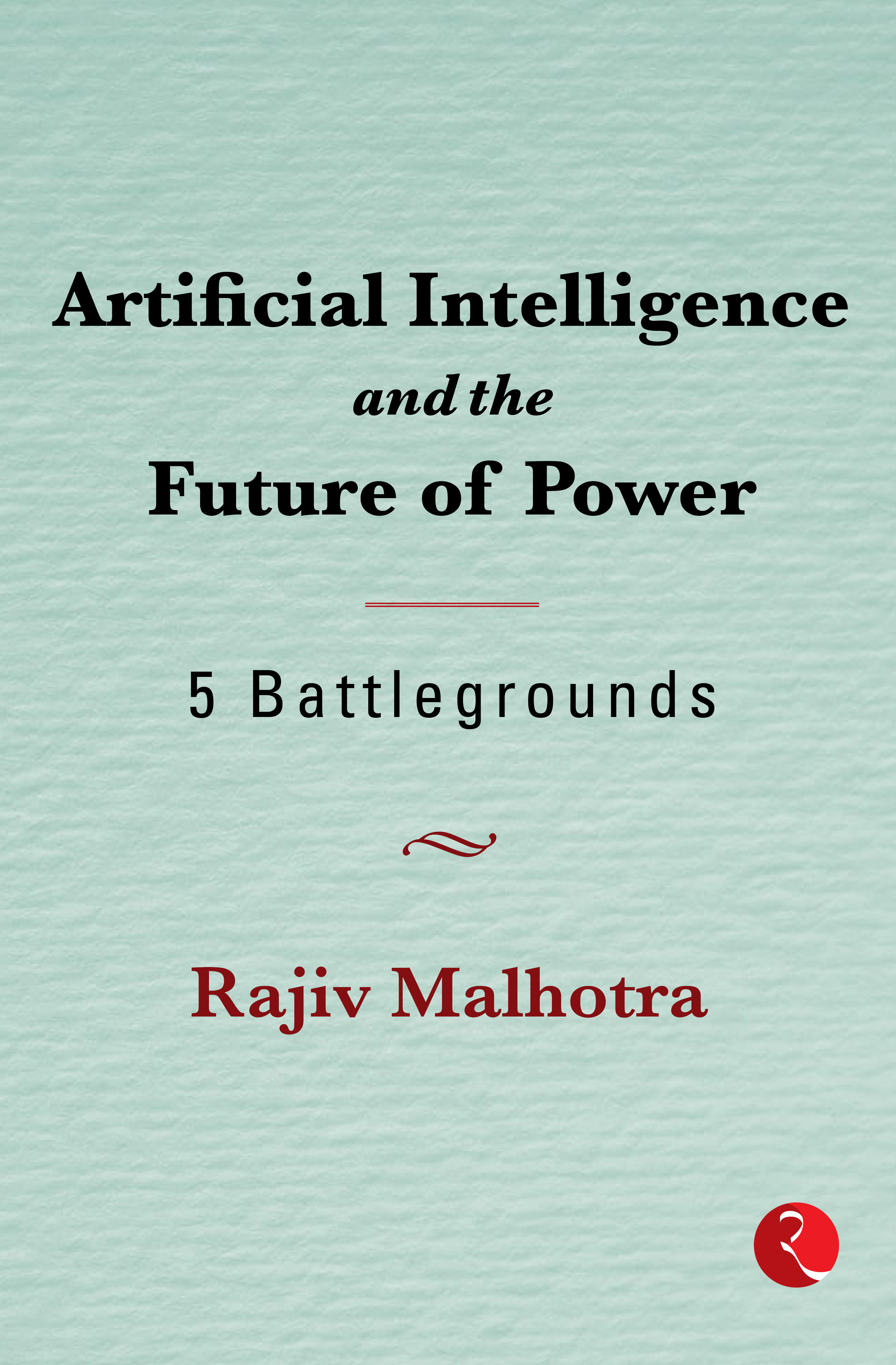Artificial Intelligence and the Battle for Jobs

Many reports on AI’s economic impact categorize human labor in a grid that separates routine from nonroutine work, and manual from cognitive work. Researchers assume that routine work is more vulnerable to AI replacement than nonroutine work, and that manual work is more easily automated than cognitive work. Historically, the most difficult tasks to automate have been those that do not follow a structured, predefined flow: jobs that require creativity, intuition, emotion, complex coordination, mechanical dexterity and complex spatial reasoning.
However, this view is outdated and whether a task is routine is unimportant; what matters is whether the rules for performing it are well-defined. Any set of explicit rules can be turned into a computer program. Furthermore, as discussed in Chapter 1, even when the work involves ad hoc judgment, and even if the rules are not explicitly known, neural networks can be used to develop AI algorithms. The advances in unsupervised learning allow machines to explore and create novel approaches in an unstructured setting. The fact is that AI is a moving target with major breakthroughs that cannot be fully anticipated. Increasingly, it enhances the productivity of well-paid white-collar workers in developed countries and is beginning to augment or replace them. Each year, advancements enable systems to perform at higher cognitive levels.
Expert forecasts of AI’s impact on work vary a great deal, with a variety of factors to consider, such as the following:
- In many cases, a job involves performing a collection of tasks. Only some of them can be automated, and the job survives because the multifaceted worker is still necessary for other tasks.
- Economic forecasts have not caught up with major breakthroughs in AI and the job-eating technologies have not been fully taken into consideration. For instance, until a few years back, machines could not reliably recognize different kinds of images. But by 2017, deep learning had taken machines’ cognitive capabilities to new heights. Now machines surpass human cognition in accuracy and speed in several applications. Once AI can effectively execute a cognitive task, it can be implemented quickly. In contrast, replacing manual workers with robots takes longer because the process involves investment in hardware and complex installation. Consequently, white-collar workers will, in many instances, be impacted far more dramatically than production-line jobs.
- Some industries are being reinvented so dramatically that their entire way of performing tasks are discarded and replaced by something entirely new. For instance, human telemarketing operators are being phased out as the public becomes more comfortable purchasing online directly. There is an intergenerational aspect to this shift: Millennials prefer going online, while their parents’ generation, the baby boomers, typically prefer to talk to a human on the phone. Likewise, iTunes did not merely replicate the old functions of music publishing and distribution; it effectively destroyed the old music industry and invented an entirely new one. As a result, many of the old industry players went out of business, and start-ups emerged in a completely new ecosystem.
- Regulatory restrictions and the momentum of doing things the old way will slow down job losses in many situations.
One trend is the adoption of devices called cobots (collaborative robots), which are robots that do not work independently of humans. Cobots work alongside humans and amplify their productivity, which means that automation is introduced gradually. Once in the door, however, the cobot’s dexterity increases, and over time it can assume more tasks. This means there will be both human-centric and robot-centric advancements—the former leading to machine-augmented humans and the latter leading to human-augmented robots.
The result of all these trends is a general increase in productivity which implies that fewer human workers will be required. Businesses will benefit, but wages will remain low as more workers chase fewer jobs.

Some economists and industry leaders assure us that the elimination of old jobs will be compensated by the birth of new kinds of jobs. The Luddite Fallacy states that rather than eliminating jobs, new technology simply changes the nature of jobs. When the British textile industry was mechanizing during the nineteenth-century Industrial Revolution, skilled handloom weavers rose in protest and destroyed the new power looms. They became known as Luddites, after their leader Ned Ludd. However, their fears were unrealized; productivity gains from industrialization resulted in greater wealth that was reinvested into society and created new jobs. Though the Luddites were right in the short term, they were wrong about the long-term impact of the new technology.
The pattern has repeated itself in economic history over the past two centuries. Agricultural automation in the West induced farmers to migrate to cities for factory jobs. And subsequent industrial automation led workers to move into the service sector. In each of these instances, the automation revolution went through three stages:
- It reduced the number of old style of workers in a given sector.
- Surplus workers migrated to other sectors and boosted production in new jobs.
- The cost of goods dropped which raised overall standards of living.
The Luddites did see an immediate loss of jobs and suffering from wage reduction, but their future generations were better off. The question now being debated is this: Will the pattern repeat itself with AI-driven automation? If so, the latest AI threat to jobs will merely be a short-term disruption eventually offset by long-term economic gains. Or will the paradigm be different this time?
****
Read more in Rajiv Malhotra’s Artificial Intelligence and the Future of Power.

